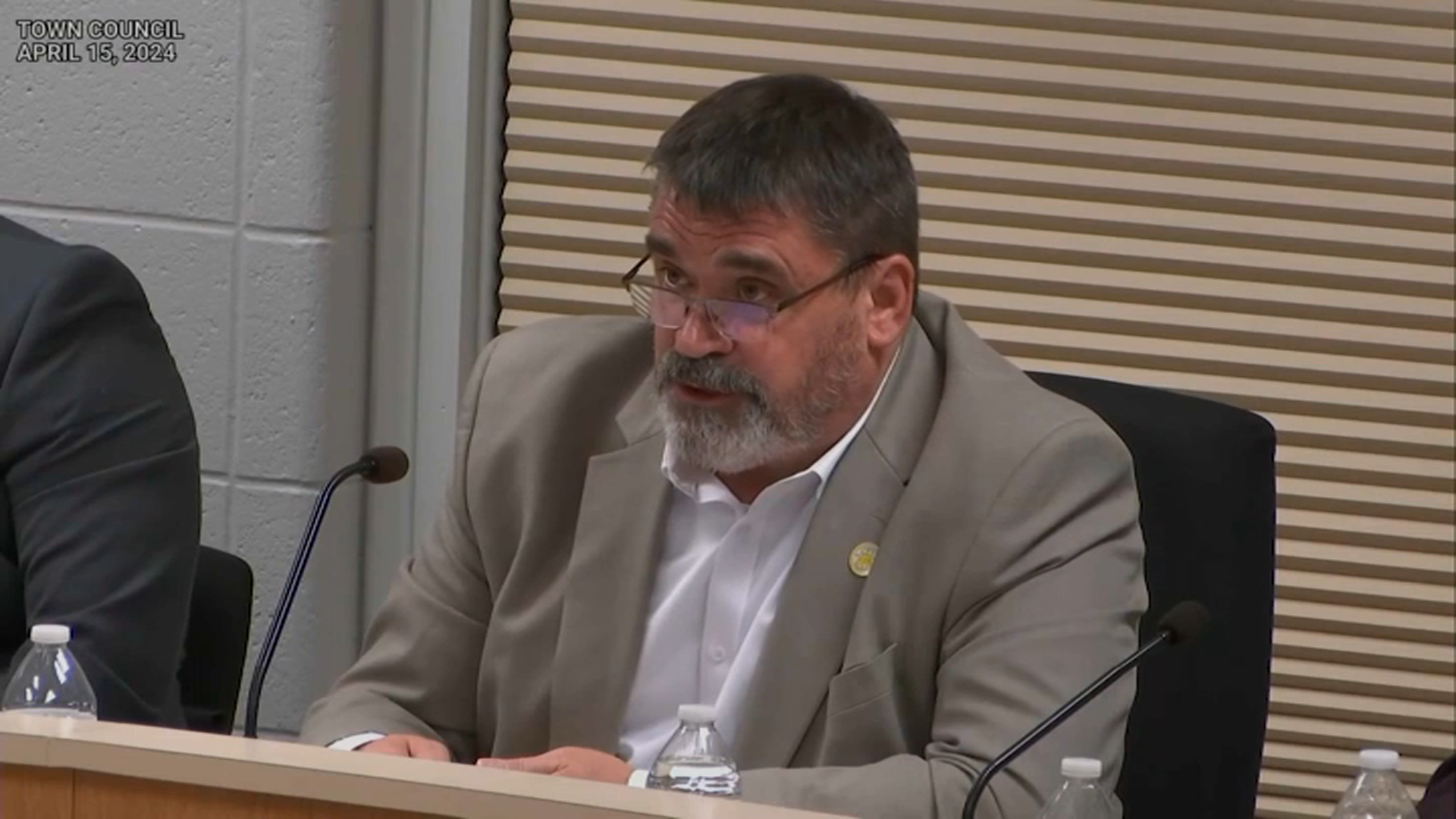For the first time in 10 years, Mercury passed directly between the Earth and sun on Monday, resembling a black dot against the vast, glowing face of our star.
Many stargazers turned to the Internet as NASA provided close-to-real-time images of the 7½-hour trek, courtesy of the Solar Dynamics Observatory. The transit ended at 2:42 p.m. ET.
Although the solar system's small, innermost planet appeared to be trudging along about 52 million miles away from the Earth, it actually was zooming past the sun at 106,000 mph.
The Amateur Astronomers Association of New York brought its telescopes to several observing events across New York City through the afternoon.
.@NASASunEarth #SDO shows range of wavelengths—invisible to our eye—that the telescope can view #MercuryTransit pic.twitter.com/DZirgbiNsr
— NASA (@NASA) May 9, 2016
Today 7.5 hour #MercuryTransit across the sun will go from 7:12am ET to 2:42pm ET. Here the latest view: pic.twitter.com/svAQcjXRGW
— NASA (@NASA) May 9, 2016
Mercury is seen in silhouette, lower left, as it transits the sun this morning.
— NASA (@NASA) May 9, 2016
📷: @NASAHQPhoto#MercuryTransit pic.twitter.com/7XjWXXdPT8
Carter Emmart, the director of astro visualization for the American Museum of Natural History, said that Mercury "laps us" because it goes around the sun every 88 days while it takes Earth a year to do so.
Halina Avery was outside the museum with her 5-year-old daughter.
"I saw a freckle on the sun which i suppose was Mercury," Avery said. "I'm learning while she's learning."
The cosmic show — which began at 7:12 a.m. EDT — was visible from the eastern U.S. and Canada, as well as Western Europe, western Africa and most of South America. Those places were privy to the entire event. The audience grew as the sun rose across North America, revealing Mercury's relatively rare transit. In Eastern Europe, the Middle East, central Asia and most of Africa, sunset had the curtain coming down early. Australia, New Zealand and New Guinea missed out altogether.
NASA warned spectators to use high-powered binoculars or telescopes equipped with special filters to protect their eyes from the glaring sun. Eclipse glasses were useless for spotting 3,000-mile-wide Mercury as it crossed the 864,000-mile diameter of the sun.
Local
A transit of Mercury occurs only about 13 times a century. The next transit of Mercury won't occur until 2019. Then it won't happen again until 2032.
"What happens during a transit is really all about perspective," said Jim Green, director of NASA's planetary science division who viewed his first transit of Mercury 46 years ago.
He said scientists are taking advantage of Monday's transit to learn more about Mercury's extremely thin atmosphere.
Other viewing locations across New York City where special telescopes were set up included Carl Schurz Park, Inwood Hill Park, Central Park, the High Line, Fort Green Park, and High Bridge.
Mercury's journey could also be seen via a livestream on NASA's website and Slooh.com.
--Ida Siegal contributed to this report



